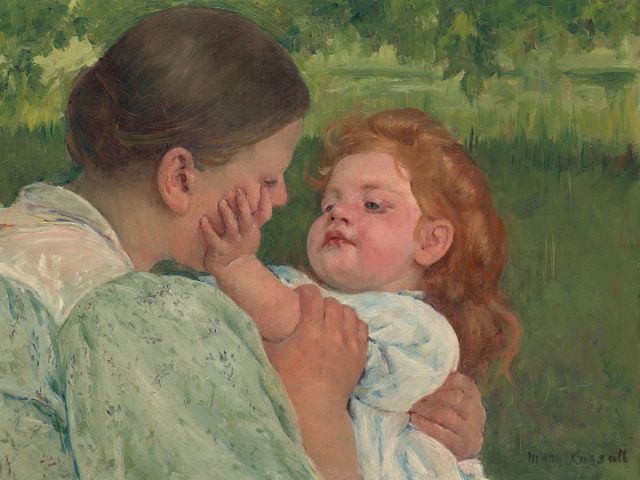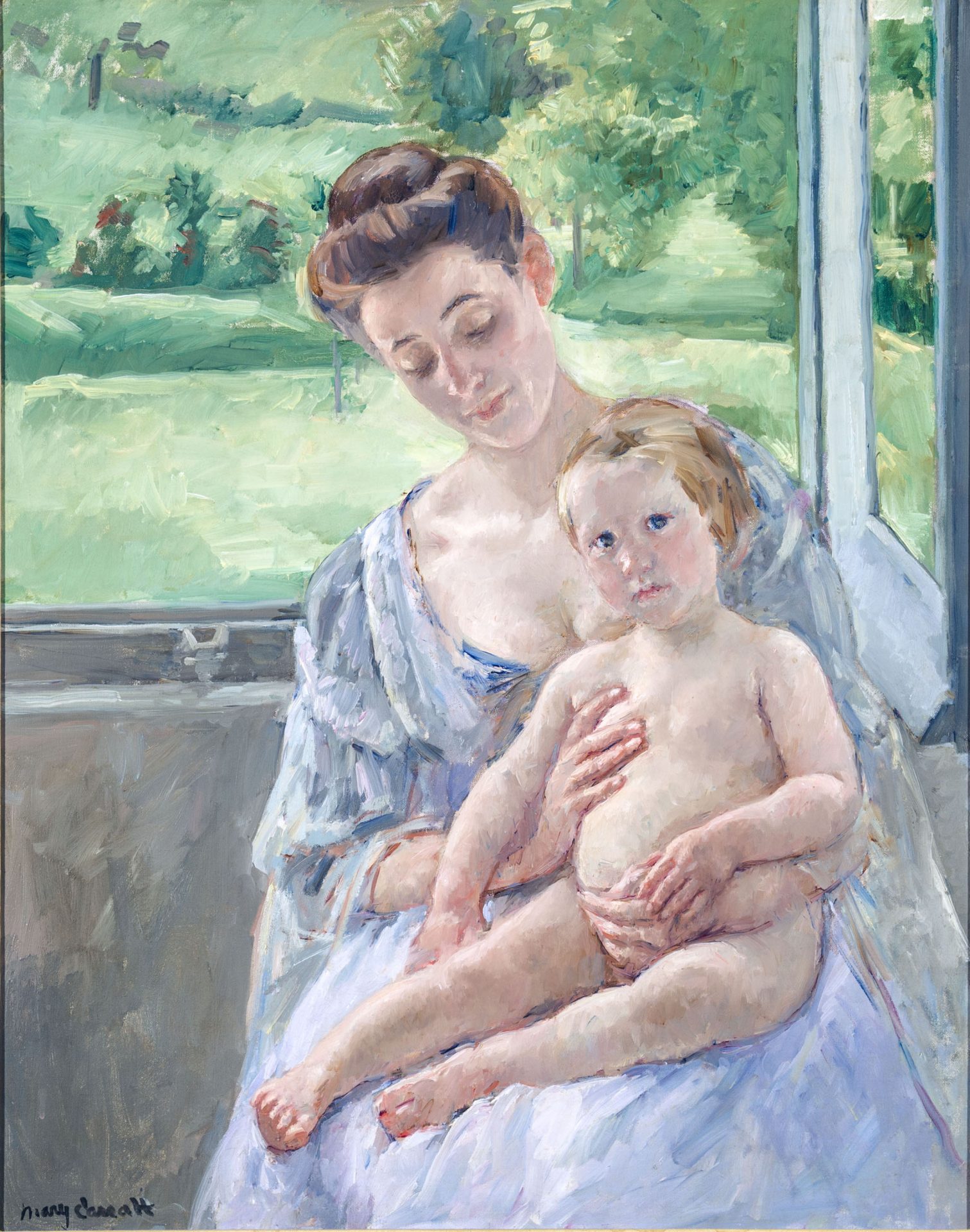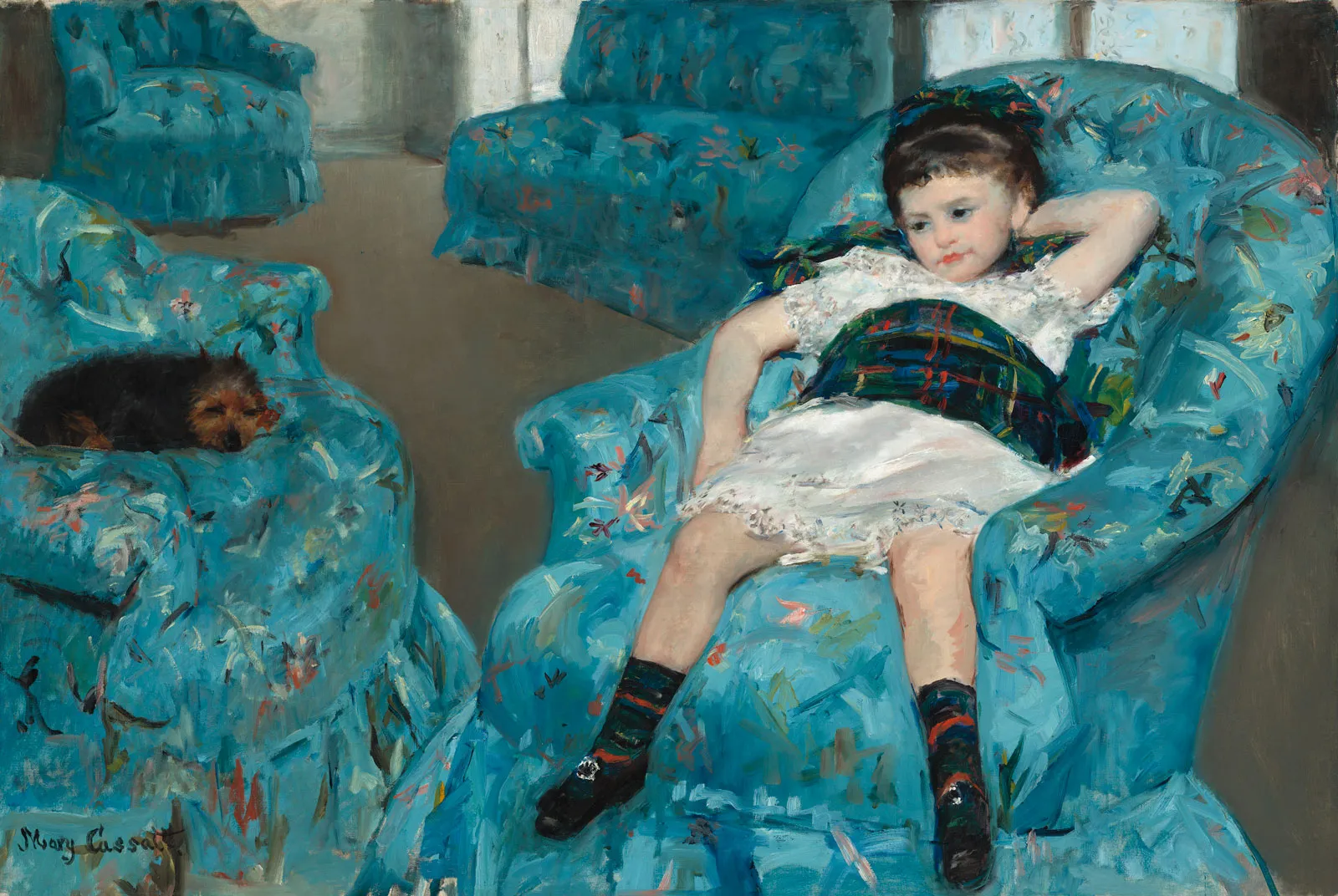- Home
- Art History
- Impressionism
- Mary Cassat
Mary Cassat - Impressionist
Exploring the Life of Mary Cassatt and her Contributions to Impressionism
Introduction:
In an epoch seemingly dominated by male artists, Mary Cassatt stood out as one of the prominent female figures who profoundly influenced the Impressionist movement. Striding decidedly against the undercurrents of patriarchy in the 19th-century art world, she left an indelible mark through her innovative paintings and prints.
|
Early Years: Mary Stevenson Cassatt was born on May 22, 1844, in Allegheny City, Pennsylvania. From a young age, her love for art was fostered through family trips abroad where she witnessed the rich tapestry of European artistry. |
Education: Defying societal norms of her time, Cassatt pursued her passion for art, studying at the Pennsylvania Academy of the Fine Arts—an uncommon venture for women in the 1860s. | |
|
In France: Her thirst for artistic knowledge led her to Paris, where she studied privately with teachers from Ecole des Beaux-Arts, as women were not allowed at that institution. |
 |
|
Impressionism: During the 1870s, Cassatt integrated herself into the Parisian art scene where she discovered Impressionism, a movement that put emphasis on accurate depiction of light, candid poses, and vivid colors. |
Joining the Impressionists: Her introduction to Edgar Degas, a famous figure within the Impressionist movement, marked a turning point. Degas became her mentor and advocate, inviting Cassatt to join the Impressionist exhibitions. |
|
Artistic Style: Cassatt is widely acclaimed for her intimate, tender portrayal of women, especially in domestic scenes—mothers with their children, at the tea table, or engrossed in needlework. Her innovative techniques, impressionistic brushwork, and use of light reflected a divergence from traditional subjects and complex historical compositions. |
 |

Notable Works:
Among Cassatt's most notable works are "The Child's Bath" and "Little Girl in a Blue Armchair," both of which exemplify her focus on the simplicity of daily life and the bond between mother and child.
Use of Pastels:
Cassatt shared a passion for the medium of pastels with Degas. She used this medium to create soft, expressive works, often observing the interplay between light and shadow.
Her Influence:
Beyond painting, her contributions to the art world also include encouraging several American collectors to purchase works of her contemporaries, thus introducing Impressionism to America.
Later Years and Death:
Poor eyesight in her later years curtailed Cassatt's artistry. She died on June 14, 1926, leaving behind a profound legacy.
Legacy:
Cassatt's legacy extends beyond her artwork. As a role model for many artists, her career challenges typical notions of women's role and presence in the art world.
Conclusion
Mary Cassatt was more than just an artist. She broke boundaries, influenced major art movements, and left an enduring legacy for future generations
Lesson ideas for Teachers
Art Lesson Plans: Exploring Mary Cassatt's Impressionism
Lesson Plan 1 - Art Analysis: The students should start by examining Cassatt's paintings. This helps them understand her style, her favorite subjects, and the Impressionist techniques she used.
Lesson Plan 2 - Techniques: The class could study the way she used pastels and oils, allowing them to mimic her methods and create their own pieces of art.
Lesson Plan 3 - Contextual Focus: To fully understand her art, it is beneficial to delve into the historical and societal context within which Cassatt was working as a female artist.
Lesson Plan 4 - Artistic Influence: Discuss her significant influence on American art, encouraging collectors to support Impressionism and diversifying American art galleries.
Lesson Plan 5 - Sketching from Life: Inspired by Cassatt's focus on daily life, students can engage in sketching exercises from life, thus understanding the beauty of the mundane.
Lesson Plan 6 - Glass Ceiling in Art: Explore a discussion about gender inequality in the art world. How did Cassatt defy this during her time?
Lesson Plan 7 - Artistic Themes: Accentuate the recurrence of themes in Cassatt's art—motherhood, domesticity, childhood—and why they are significant.
Lesson Plan 8 - Impressionism vs. Academia: Contrast Cassatt's Impressionistic approach to the Academic Art of her era. This can lead up to a broader discussion about the Impressionist movement.
Lesson Plan 9 - Color Schemes: Consequently, students can examine her usage of color, observing light and shadow and their role in her work.
It is our role as educators to bring this dynamism into our classrooms. By integrating the story of Mary Cassatt and Impressionism into art lesson plans, we can inspire students and encourage thoughtful discussions.
Lastly, emotions drawn from Mary Cassatt's artwork should serve as an inspiration leading students to create their own pieces, an exercise that goes beyond technical instruction and delves into the power of art to express sentiments.
Okay, so now I've put on some ads from Amazon - from which I may earn a few cents. (2025)



